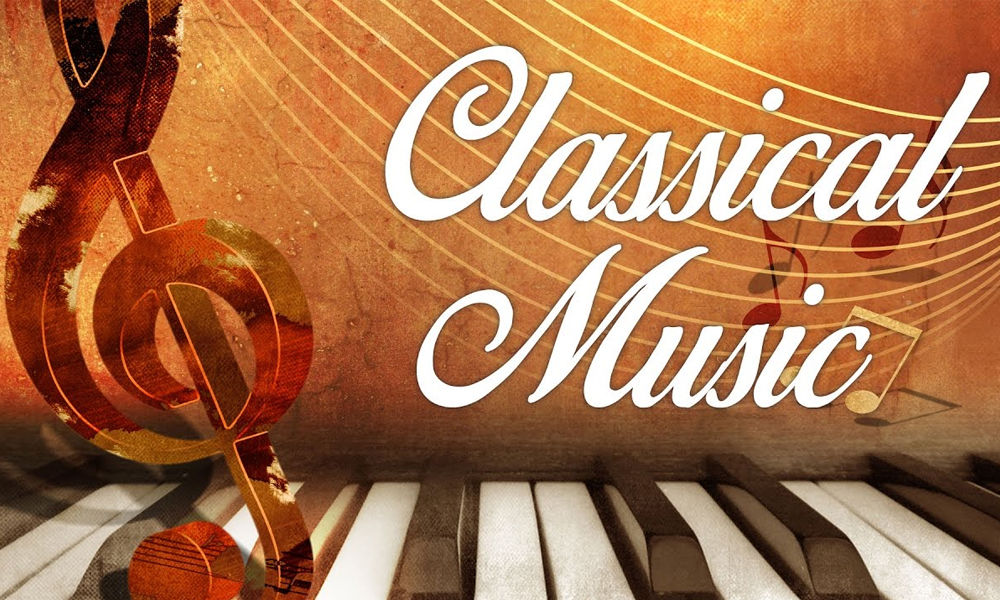
Classical Music: A Stricter Understanding of the Term The phrase “classical music” is one that is frequently misused and, even when it is used properly, it still has several different though related meanings. It is chiefly misused when it is opposed to “popular music.” When contrasted with popular music classical music is intended to include all kinds of “serious” music, regardless of when or for what purpose the music was composed. Strictly speaking, however, the term should be used mainly to denote the music of the period that runs roughly from 1750 to the death of Beethoven in 1827.

Scholars of all types apply the word “classical” to the culture of the ancient Greeks and Romans, the two great societies that form the cradle of western civilization. Many people since than have looked back at ancient Greece and Rome in order to borrow what was best about those societies. People did so during the Renaissance and again at the beginning of the Baroque period in art, architecture, and music. It was not until the middle of the eighteenth century, however, that individuals and whole nations truly began to rediscover classical antiquity, especially through archeology. When the accomplishments of the ancients were brought to light, a new picture of antiquity’s simplicity, grandeur, serenity, strength, and grace was forged. When the remains of Pompeii were discovered in 1748, for example, artists drew them, engravers copied them, and theorists worked out the principles along which that ancient city was designed. Historians who began to study and praise the works of classical antiquity advanced them as quintessential models for their own time. The painter Joshua Reynolds (1723-1792) stressed that the highest achievement in painting needed to be based on the use of Greek or Roman subjects and their portrayal of heroic or suffering humanity, a principle also embraced by Jacques-Louis David (1748-1825), the official artist of the French Revolution. Even sculptors such as Antonio Canova (1757-1822) used classical statues as the basis for their figures. Classical history, mythology, and philosophy came to be increasingly influential in music, as opera plots began to be set in ancient times and trumped the ancient or classical virtues.
Thus, in all of its many contexts of use, the term “classical” implies a certain model of excellence that is worthy of being replicated. To say that something is “a classic,” whether it is a poem, an automobile, or a piece of music, is to suggest that it is a superior example of its kind and that it is praiseworthy. Proportion and a natural sense of balance seem to characterize that which is classical no matter what the individual subject matter may be. It is the acceptance of the notion of “just proportion” and balance that identifies what is perhaps the most important distinguishing feature of music during the classical period from the mid 1700s to the first third of the next century. During this era, virtually all composers shared the same basic idea that music ought to be balanced, intellectual, orderly, harmonious yet sublime, and even predictable with almost mathematical certainty.








